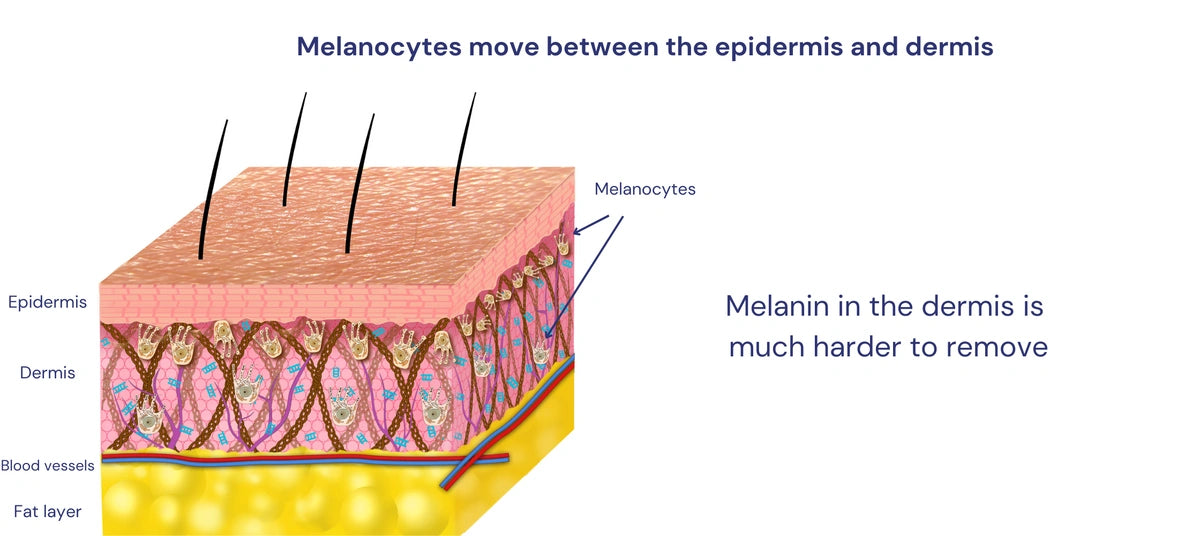Title: The Dermis and Epidermis: The Two Layers of Skin
The skin, the body's largest organ, is made up of two main layers: the dermis and the epidermis. The dermis, also known as the真皮层, is the deeper layer of skin that provides structural support and elasticity. It contains blood vessels, nerves, and sweat glands, all of which play crucial roles in maintaining our health and well-being. The epidermis, on the other hand, is the outermost layer of skin that acts as a barrier against external environment. It is made up of keratinocytes, which are constantly undergoing renewal to ensure a healthy skin surface. The combination of these two layers creates a complex and dynamic system that helps us to protect our bodies from the outside world while maintaining our internal balance.
The skin, the largest organ of the human body, is divided into two main layers: the epidermis and the dermis. These two layers work together to protect our bodies from the environment and keep us healthy.
The epidermis, also known as the outer layer of skin, is the first line of defense against external threats. It consists of several types of cells, including keratinocytes, melanocytes, and Langerhans cells. Keratinocytes are responsible for producing keratin, a tough protein that helps to protect the skin from damage. Melanocytes, on the other hand, produce melanin, which gives skin its color and provides protection from sunlight. Langerhans cells, which are part of the immune system, help to defend the skin against infections.

The dermis, also known as the inner layer of skin, lies beneath the epidermis and provides structural support to the skin. It consists of connective tissue, including collagen and elastin, which help to keep the skin firm and elastic. The dermis also contains blood vessels, nerves, and汗腺(sweat glands),这些结构共同维持着皮肤的健康和功能。
The interaction between the epidermis and dermis is crucial for maintaining skin health. The keratinocytes in the epidermis constantly regenerate, shedding old cells and replacing them with new ones to ensure a smooth and protected surface. The dermis, on the other hand, provides a constant supply of nutrients and oxygen to the epidermis, helping to maintain its health and integrity.
However, when the balance between these two layers is disrupted, skin problems can arise. For example, if the epidermis becomes too thin or weak, it may not be able to protect the skin from external threats effectively. Similarly, if the dermis becomes damaged or weakened, it may not be able to provide enough support to the skin, leading to sagging or wrinkles.

To keep your skin healthy and functioning properly, it is important to take good care of it. This includes protecting it from sunlight and other environmental threats, keeping it clean and moisturized, and avoiding excessive exposure to harmful substances like tobacco smoke or pollution. By following these simple guidelines, you can help to maintain a healthy and beautiful skin for years to come.
Articles related to the knowledge points of this article:
Title: The Art of Tying a Tie: A Comprehensive Guide to Tie Knots
Title: Mastering the Art of Korean Necktie Tying: A Comprehensive Guide
Title: Embroidered Scarves and Shawls: A Cultural Exploration
Fashionable Short-Length Down Jackets
Title: Mastering the Art of Little Square Scarfs: A Comprehensive Guide to Tie-in Methods



